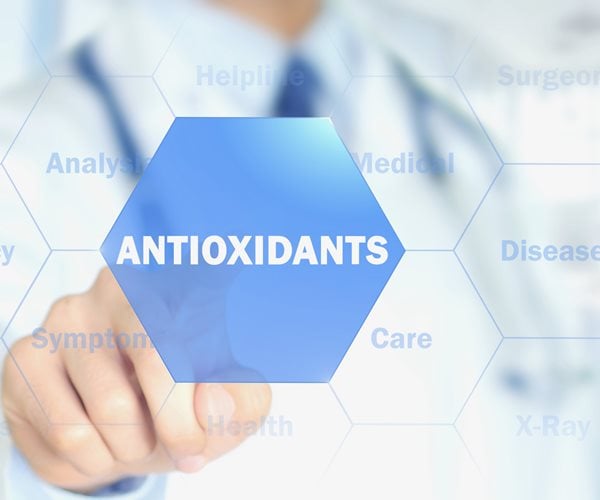Abstract
BACKGROUND:
Polycystic ovary syndrome is one of the most important factors in female infertility. Oxidative stress is likely to contribute to increased insulin and androgen production in the ovaries, as well as probably impairing follicle production.
AIMS:
This study aims to determine the complementary effects of omega-3 and vitamin E supplements on certain oxidative stress indices in obese and overweight women with polycystic ovary syndrome.
MATERIALS AND METHODS:
This double-blind, randomized clinical trial was performed on polycystic ovary syndrome subjects with BMI > 25. Patients were randomly allocated into two groups to receive either 2 g of omega-3 plus 400 IU of vitamin E, or a placebo, for 8 weeks. At the beginning and the end of the study, total antioxidant capacity, glutathione levels, catalase activity, malondialdehyde concentrations, as well as dietary intake and physical activity were evaluated. Statistical analysis was performed using SPSS.
RESULTS:
32 patients in the intervention group and 30 patients in the placebo group completed the study. Co-supplementation of omega-3 and vitamin E significantly increased total antioxidant capacity (mg/dl) (1.15 ± 0.93 vs -0.6 ± 0.72; P < 0.001), catalase activity (IU/L) (1.19 ± 1.06 vs 0.12 ± 0.36; P < 0.001) and glutathione levels (μmol/L) (1.5 ± 1.06 vs 0.23 ± 1.43; P = 0.028). Additionally, a significant reduction of malondialdehyde levels (nmol/L) (-0.34 ± 0.32 vs 0.57 ± 2.20; P = 0.008) was observed, in comparison with placebo.
CONCLUSION:
Co-supplementation with omega-3 and vitamin E had beneficial effect on total antioxidant capacity, malondialdehyde concentrations, glutathione levels and catalase activity.

